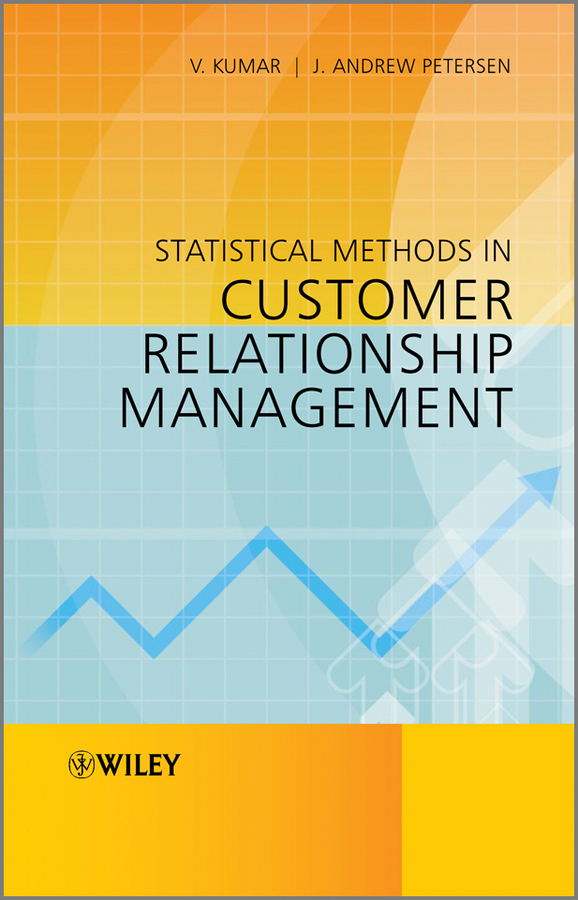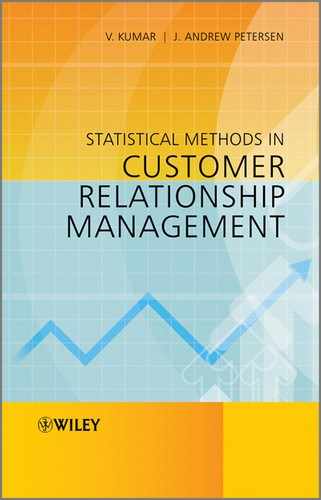
Contents
Chapter 1: Customer Relationship Management
1.3 What is Needed to Implement CRM Strategies?
2.2 The Importance of Customer Acquisition
2.3 The Significance of Customer Retention
2.4 The Impact of Customer Churn
2.5 The Benefits of Customer Win-back
Chapter 3: Customer Acquisition
3.3 Number of Newly Acquired Customers and Initial Order Quantity
3.5 Firm's Performance (LTV, CLV, and CE)
Customer acquisition – SAS code
Customer acquisition – SAS output
4.2 Repurchase or Not (Stay or Leave)
4.4 Order Quantity and Order Size
Customer retention – SAS output
Chapter 5: Balancing Acquisition and Retention
5.3 Optimal Resource Allocation
5.5 Balancing acquisition and retention – SAS code
5.6 Balancing acquisition and retention – SAS output
Customer win-back – SAS output
Chapter 8: Implementing CRM Models
8.4 CRM Implementation at a B2C Firm
8.5 Challenges in Implementing the CLV Management Framework
9.4 Customized Marketing Campaigns
Appendix A: Maximum Likelihood Estimation
Appendix B: Log-linear Model—An Introduction
Appendix C: Vector Autoregression Modeling
C.1 Unit-Root Testing: Are Performance and Marketing Variables Stable or Evolving?
C.2 Cointegration Tests: Does a Long-Run Equilibrium Exist between Evolving Series?
C.3 VAR Models: How to Capture the Dynamics in a System of Variables?
C.4 Impulse-Response Function Derivation
C.5 Impulse-Response Functions: Mathematical Derivations
Appendix D: Accelerated Lifetime Model
Appendix E: Type-1 Tobit Model
Appendix F: Multinomial Logit Model
Appendix G: Survival Analysis – An Introduction
Appendix H: Discrete-Time Hazard
Appendix I: Proportional Hazards Model
Appendix J: Random Intercept Model
Appendix K: Poisson Regression Model
Appendix L: Negative Binomial Regression
